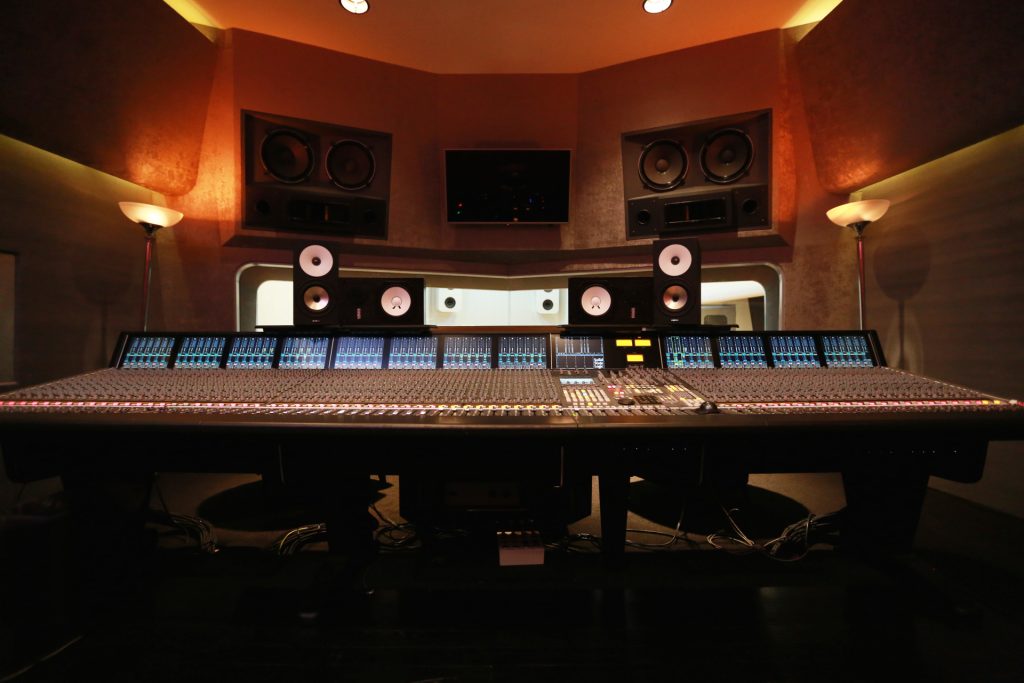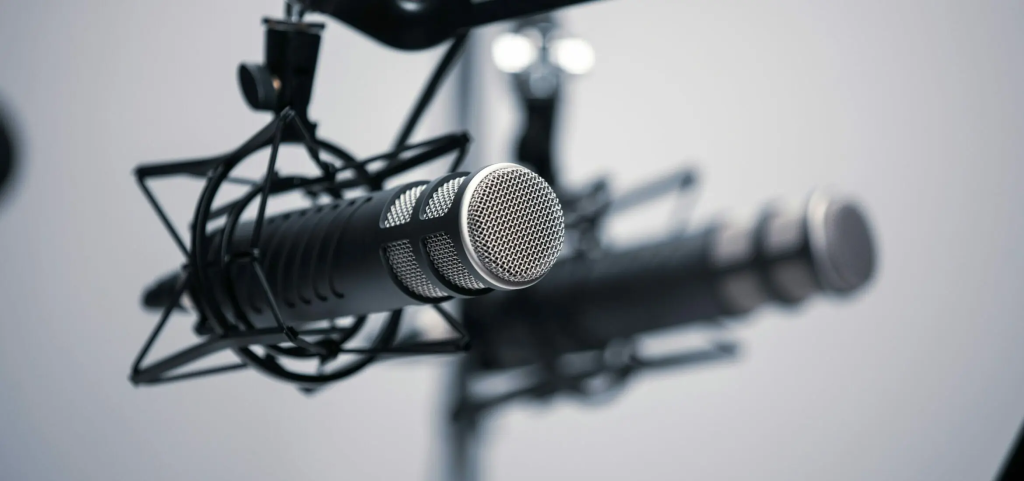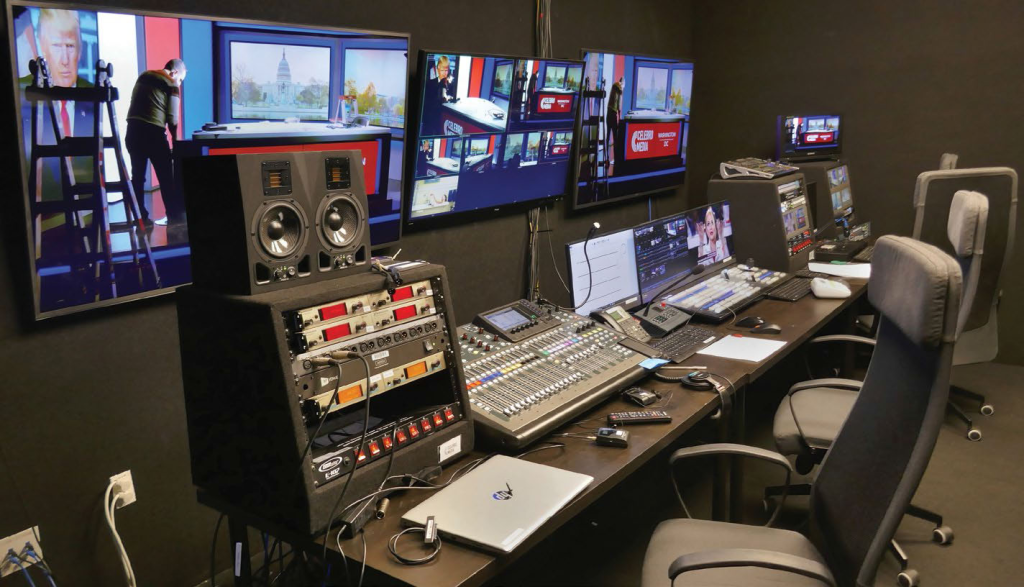In today’s music production landscape, the difference between amateur and professional-quality recordings often comes down to mastering the right techniques. Modern recording techniques have evolved dramatically over the past decade, democratizing production capabilities while simultaneously raising listener expectations. Whether you’re setting up a home studio or working in a professional environment, understanding contemporary approaches to capturing, processing, and mixing audio is essential for creating recordings that sound clear, balanced, and professionally polished.
The Foundation: Creating an Optimal Recording Environment
Before diving into specific techniques, it’s crucial to address the recording environment itself. Even the most advanced equipment can’t fully compensate for poor acoustics or inappropriate recording spaces.
Room Acoustics and Treatment
Professional-sounding recordings begin with controlling the acoustic environment:
- Strategic placement of acoustic panels to manage reflections
- Bass traps in corners to handle low-frequency buildup
- Diffusers to prevent flutter echoes while maintaining liveness
- Floating floors or isolation platforms for vibration control
- Proper microphone placement relative to room boundaries
Investing in even basic acoustic treatment yields far greater improvement than purchasing expensive equipment in an untreated space. The science of audio engineering confirms that room characteristics significantly impact recording quality before any signal reaches your equipment.
Monitoring Environment
Accurate monitoring represents another foundational element:
- Properly positioned nearfield monitors at ear level
- Symmetrical placement relative to walls and listening position
- Acoustic isolation between monitors and surfaces
- Multiple reference monitoring options (headphones, consumer speakers)
- Consistent listening levels to prevent ear fatigue
These environmental factors establish the framework within which all other recording techniques operate.
Microphone Selection and Techniques
The microphone serves as the first and most critical link in the recording chain, making proper selection and placement essential.
Strategic Microphone Selection
Different recording scenarios demand specific microphone types:
- Large-diaphragm condensers for vocals and detailed sources
- Small-diaphragm condensers for accurate transient capture
- Dynamic microphones for high-SPL sources and live situations
- Ribbon microphones for vintage character and smooth high frequencies
- Boundary microphones for capturing room ambience
Modern recording often involves using multiple microphone types on a single source to provide options during mixing.

Advanced Microphone Techniques
Beyond basic placement, contemporary techniques include:
- Mid-side stereo recording for adjustable stereo width
- Blumlein pair configuration for natural stereo imaging
- Multi-microphone drum techniques with phase-aligned placement
- Close and ambient microphone combinations for depth control
- Specialized vocal microphone chains with inline processing
These approaches provide greater flexibility and creative control than simplistic single-microphone methods.
Digital Audio Workstation Strategies
Modern production centers around Digital Audio Workstations (DAWs), with efficient workflows making significant differences in results.
Organization and Preparation
Professional sessions maintain rigorous organization:
- Consistent color coding and grouping of similar tracks
- Thoughtful signal routing through buses and auxiliary sends
- Template creation for frequent recording scenarios
- Naming conventions that remain clear throughout production
- Strategic use of markers and regions for navigation
These organizational systems prevent technical limitations from interrupting creative flow.
Non-Destructive Editing Techniques
Contemporary editing embraces non-destructive approaches:
- Comping vocal performances from multiple takes
- Sample-level editing for timing precision
- Clip-based gain adjustment before plugin processing
- Track freezing and bouncing for resource management
- Parallel processing chains for blending treatments
These techniques preserve options throughout the production process while maintaining session performance.
Signal Processing and Mixing Approaches
Modern mixing techniques balance technical precision with creative enhancement.

Dynamic Processing Evolution
Contemporary dynamics processing goes beyond basic compression:
- Multiband compression for frequency-specific control
- Parallel compression for preserving transients
- Dynamic EQ responding to signal content
- Transient design for attack and sustain manipulation
- Bus compression for cohesive grouping
These approaches offer greater nuance than traditional methods while solving common recording problems.
Frequency Management
Clear recordings require sophisticated frequency balance:
- Surgical EQ for problem frequencies
- High-pass filtering to reduce unnecessary low-end content
- Frequency slotting between instruments for clarity
- Dynamic resonance control for inconsistent sources
- Mid-side EQ for stereo field frequency management
Modern techniques focus on creating space for each element rather than simply boosting “good” frequencies.
Hardware and Software Integration
Today’s recording environments typically blend analog and digital elements.
Hybrid Signal Chains
Professional studios often implement hybrid approaches:
- Analog preamps feeding digital converters
- Hardware compression during tracking
- Analog summing of digital stems
- Outboard effects as inserts or sends within DAWs
- Hardware monitoring systems for latency management
Understanding studio equipment options allows producers to select the right tools for specific recording challenges, whether hardware or software-based.
Virtual Analog and Modeling
Contemporary productions frequently leverage modeling technology:
- Console emulation for cohesive mixing characteristics
- Vintage compressor and EQ modeling
- Tape saturation simulation
- Microphone and preamp emulations
- Room and space modeling for artificial ambience
These technologies bring formerly exclusive sounds within reach of modern producers.
Remote Collaboration Techniques
Today’s production landscape increasingly involves collaboration across distances.
File Management and Standards
Successful remote sessions require clear standards:
- Consolidated audio files with consistent starting points
- Standardized sample rates and bit depths
- Detailed documentation of recording parameters
- Version control systems for tracking changes
- Consistent plugin availability or rendering
These standards prevent technical issues from disrupting creative collaboration.

Real-Time Remote Recording
Modern technology enables synchronous remote work:
- Low-latency monitoring solutions
- Session sharing platforms
- Video integration for communication
- Cloud-based backup and transfer systems
- Remote control of recording systems
These capabilities expand production possibilities beyond geographic limitations.
Innovative Capture Techniques
Beyond traditional approaches, several emerging techniques are gaining prominence.
Immersive Audio Recording
Forward-looking productions explore spatial capture:
- Binaural recording for headphone-based experiences
- Ambisonics for VR/AR applications
- Multi-channel surround recording
- Height channel capture for Dolby Atmos and similar formats
- Object-based recording for interactive media
These techniques anticipate evolving playback environments beyond stereo.
Performance-Focused Approaches
Many modern recordings prioritize capturing complete performances:
- Minimal overdubbing to preserve natural interaction
- Room microphones for organic ambience
- Simultaneous multi-room recording for separation with visibility
- One-take approaches prioritizing emotion over perfection
- Minimal editing preserving human timing variations
These approaches counter the trend toward heavily edited productions.
Conclusion
Mastering modern recording techniques requires balancing technical knowledge with creative sensitivity. Today’s producers must understand both traditional fundamentals and emerging technologies to create recordings that sound clear, engaging, and professional across diverse playback systems.
The most effective approach combines thoughtful preparation, technical precision, and maintaining focus on the emotional impact of the performance. By implementing the techniques discussed—from acoustic treatment and microphone selection to advanced processing and remote collaboration—producers can significantly elevate their recordings’ quality while developing their unique sonic signature.
As recording technology continues evolving, staying current with emerging techniques while mastering fundamentals will remain essential for producing truly exceptional audio.

